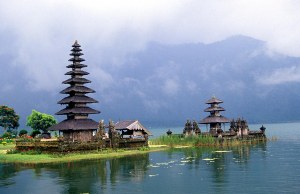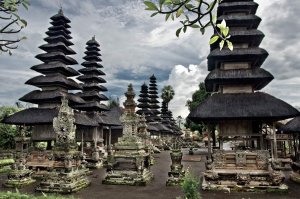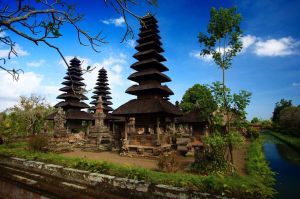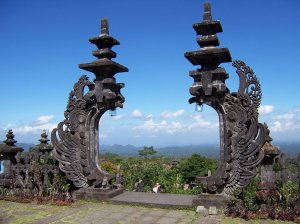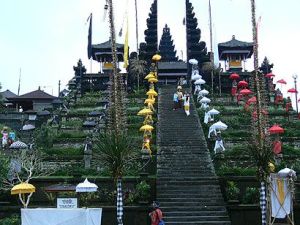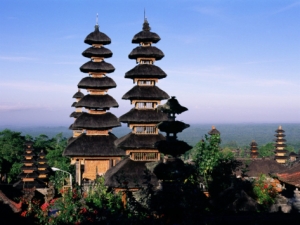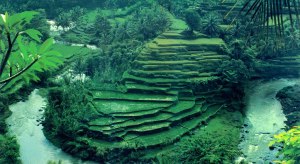The culture of Bali is unique. It is different from the rest of Indonesia due to the religion it follows. 80% of the Indonesian population is Muslim, but most people in Bali follow Balinese-Hinduism. Through their religion, people participate in many different ceremonies throughout their lifetimes. These various ceremonies mark a person’s journey through life with color and celebration.
When you are in Bali, you will find a lot of Pura also known as temples, around Bali. It is inseparable from their religious rituals. Temples are the most omnipresent architecture in Bali. Just like in the rice fields, it has shrines dedicated to Dewi Sri, Goddess of rice and every house in Bali has its own little shrines. For the people of Bali, temples are not to be worshipped but instead they function as an enjoyable resting place for the gods on their stay on Bali Island.
Many numbers of Pura / temples have been built in Bali and has given Bali to its famous nickname “the Island of a Thousand Temples”. In this chance, I’d like to show you the 2 most known temples in Bali that I think is worth visiting when you’re around.
1. Pura Besakih
It is the largest, the most important, and the holiest temple in Bali. It is known as the Mother Temple of Besakih. It is placed on the slope of Mount Agung in East Bali. Mount Agung is also the tallest mountain and holiest site in all of Bali These extensive construction joins 23 separate temples which some of them has been there since the 10th century. In 1963, the temple narrowly escaped destruction by a devastation Mount Agung’s eruption (It was thought to have been saved by the gods).
When you have arrived in Besakih temple, you will be amazed by how stunning and beautiful the panorama there. You can see the cool atmosphere all the way to the ocean and Mount Agung as the backdrop. The temple is very famous and it is visited by thousand of people around the world, both for the religious purpose and tourist attraction. To reach the temple complex, you have to walk up a footpath for approximately 200 meters…Yes…it sounds exhausting, but you’ll enjoy it as on both sides of the path, you will find beautiful views and feel the breeze from the ocean. For some people, they can’t stand the walk, so the locals saw this as a business opportunity. Whoever has a motorbike, they will rent it out to the tourists 🙂
To visit Besakih Temple, people are expected to dress properly. For example, men must cover their legs with sarong and women must wear sleeve top. If you don’t happen to have sarong when you’re around, there is a place to rent for sarongs at the entrance of each temple.
2. Tanah Lot
This temple is located in Kabupaten Tabanan, 30KM from Denpasar city. It is built on the rock with 3-acre size towering over the sea and it is only a few minutes by walk, because it’s only 20 meters away from the coastal lip. But if you want to go into the temple, it is only accessible by foot at low tide. The temple of Tanah Lot is said to have been founded on the 16th-century by priest Nirartha, one of the last priests to come to Bali from Java.
Tanah Lot means the small island floating on the sea. At some corner of coral reef, you can find a snake in black and white color, where Balinese people believe that is gods property and act as the guard of the temple from the bad energy. Although these snakes are tame, make sure you still have to be cautious and avoid doing annoying things to these reptiles and don’t wander off alone.
The structure of Tanah Lot temple is built at irregular reef plain of its angle, which is only consisted of one plain yard as Jeroan. The temple as a whole is dedicated to the god of the sea. Local fishermen pray to get fish and prosperity. The most popular time to visit Tanah Lot is late afternoon when the sun begins to settle over the horizon and the temple is silhouetted against the exciting glow of the blue sky (ooohh how I miss it so much).
So guys, I hope you really enjoy reading my blogs and don’t forget to visit Bali 🙂
